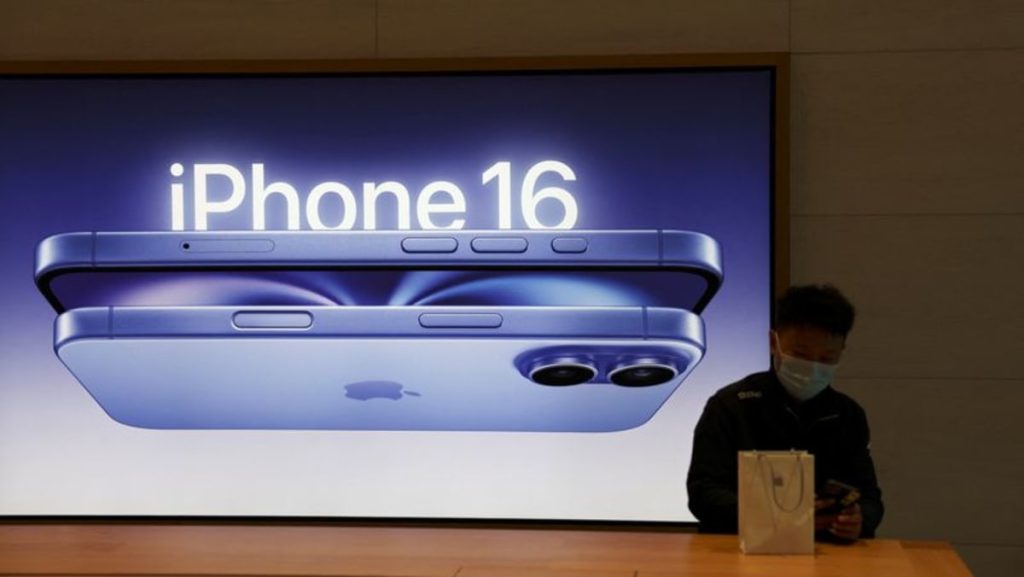The year 2024 marked a significant shift in the Chinese smartphone market, witnessing Apple’s dethronement as the reigning champion. For the first time in years, the tech giant experienced a substantial decline in annual shipments, ceding its leading position to domestic rivals Vivo and Huawei. This downturn, representing a 17% year-on-year decrease, underscored the intensifying competition Apple faces from local manufacturers and highlighted the evolving dynamics of the Chinese consumer market. The decline was consistent throughout the year, with each quarter registering contractions, culminating in a particularly sharp 25% drop in the final quarter. This performance marked Apple’s worst annual showing in China, a stark contrast to the consistent growth it enjoyed in the preceding four years.
The shift in market leadership reflects a combination of factors, including the resurgence of Huawei and the growing appeal of other domestic brands offering competitive features and pricing. Vivo, a budget smartphone maker, emerged as the new leader, capturing a 17% market share. Huawei, focusing on the premium segment, followed closely with 16%, while Apple trailed with 15%. This reshuffling underscores the increasing pressure on Apple, particularly in the premium segment where it traditionally held a strong position. The rise of domestic brands offering innovative features, such as foldable phones, coupled with competitive pricing strategies, has eroded Apple’s market share and challenged its dominance.
The data from research firm Canalys reveals a deeper narrative of changing consumer preferences and competitive dynamics. While Apple has historically enjoyed a premium brand image and a loyal customer base, the emergence of strong domestic competitors has disrupted this equation. Huawei’s resurgence, fueled by its ability to circumvent US sanctions and develop locally-made chipsets, has significantly impacted Apple’s position in the high-end market. Furthermore, the proliferation of innovative features from other domestic brands, such as foldable displays and advanced camera technologies, has provided consumers with compelling alternatives to the iPhone, further contributing to Apple’s decline.
The absence of certain features, such as advanced AI capabilities comparable to those offered by competitors, has also played a role in Apple’s declining competitiveness. In a market where AI-driven functionalities are increasingly becoming a key differentiator, Apple’s perceived lag in this area may have contributed to its declining appeal. This gap is particularly noticeable in China, where access to services like ChatGPT is restricted, making the integration of alternative AI solutions even more crucial for attracting consumers.
Apple’s previous success in China was partly attributed to the sanctions placed on Huawei in 2019, which restricted the Chinese company’s access to critical US technology. This created a window of opportunity for Apple to solidify its market share and expand its presence in the premium segment. However, Huawei’s remarkable comeback, marked by the launch of new phones with locally-made chipsets in August 2023, has significantly altered the competitive landscape. Huawei’s 24% shipment growth in the fourth quarter of 2024 underscores its renewed strength and its ability to recapture market share from Apple.
The changing dynamics of the Chinese smartphone market present a significant challenge for Apple. The company needs to adapt its strategies to address the evolving consumer preferences and the intensifying competition from domestic rivals. This could involve focusing on innovation in areas like AI and foldable technology, as well as potentially revisiting its pricing strategies to remain competitive in a market increasingly driven by value-for-money propositions. Apple’s future success in China will depend on its ability to respond effectively to these challenges and regain its lost ground. The company’s response to this market shift will be closely watched by industry analysts and consumers alike, as it navigates the complex and dynamic Chinese market.










